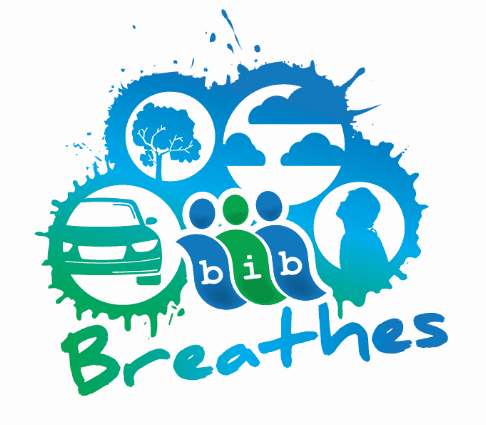
Background and study aims
The UK has high levels of air pollution, which costs the NHS and society around £20 billion a year. Poor air quality is a major cause of early death and illness. It has been linked to lung and heart disease in children and adults and low birth weight. During periods of poor air quality, health gets worse, leading to more hospital admissions and deaths. Children and the elderly are particularly affected by pollution.
Poorer areas of the country have worse air quality and this increases inequalities in health. Thirty three local councils with high pollution levels have to put in place air quality plans which include Clean Air Zones. Bradford introduced the Clean Air Zone on September 26, 2022 in order to reduce air pollution using policies such as charging those driving the most polluting vehicles such as buses, vans, and taxis. However, there is little evidence whether these policies improve air quality and health and what effect they might have on health inequalities.
The aim of the study is to evaluate the impact of a Clean Air Zone on air quality, health and health inequalities in the city of Bradford.
A short documentary about air pollution in Bradford is here:
Who can participate?
People living within Bradford District
What does the study involve?
We will explore changes in air quality in the city using regularly collected data that is already available on air pollution and will also collect additional data from 12 schools throughout the city. In addition, 240 children in these schools will help us collect data by using mobile air sensors for three months before the Clean Air Zone is put in place and for three months in the year after. The impact on lung, heart health and birth weight will be measured by comparing the health of over 500,000 Bradford residents in the three years before and three years after the Clean Air Zone is in place. The research will examine whether the impact is different for people from more deprived areas or different ethnic groups. This will use detailed information collected on 13,500 children who are part of the Born in Bradford study. We will look at whether the policy changes the way people choose to travel by conducting a survey with 4000 families. We will also conduct group discussions and interviews with key groups of people including businesses, transport companies, families, and pedestrians. These discussions will explore what may have helped or hindered the success of the policy and any unexpected effects. We will also explore if the Clean Air Zone is good value for money, e.g. do any improvements in health justify the costs.
What are the possible benefits and risks of participating?
This study will use anonymised routinely collected health data from residents living in Bradford collected before and after the B-CAP is implemented. As such there are no direct risks of taking part. To explore the impact of the B-CAP on air quality Primary school children will also be asked to carry portable air quality sensors in the year prior, and year following B-CAP implementation. We do not forsee any risks with taking part in this part of the study. In return we will work with participating schools to develop curriculum based air quality research materials which we hope will inspire learning in science related subjects.
Patient/Public Involvement
100 community members and two schools have been involved in developing our proposal and thinking about how to test if the policy will work and what effect it will have on the residents of Bradford. We have also worked closely with Bradford council and the UK Government department responsible for air quality nationally (DEFRA). Community, school and local authority representatives are part of our study team. They will be actively involved in the development and management of our research. DISSEMINATION: We will share our findings widely using a range of approaches depending on the audience. Researchers, policy and decision makers will receive academic papers, policy briefings, and be invited to events. We will communicate our research with communities through a series of short ‘in a nutshell’ reports publicised widely through social media channels, local media links, and engagement events. We will also develop materials for schools based on our findings to inspire and inform the next generation of researchers.
Where is the study run from?
Bradford Institute for Health Research (UK)
When is the study starting and how long is it expected to run for?
July 2020 to June 2025
Who is funding the study?
National Institute for Health Research (NIHR) (UK)
School pupils to become air pollution scientists
BiB Breathes is an exciting new study in which primary school children in Bradford will have the opportunity to become citizen scientists and measure air pollution as they walk to and from school.
Over 200 children from 12 schools in Bradford will be provided with portable monitoring packs that they can wear as they walk around, this will tell us not just how much pollution children are exposed to but also when and where the highest exposures happen. The monitors measure the concentration of particulate matter pollution, these are tiny particles that can come from traffic and industry and which can damage our heart and lungs. Children are particularly affected by exposure to air pollution, so it’s important to understand how much pollution they are breathing.
Pupils will measure before and after the introduction of the clean air zone so we can see if it changes the amount of pollution that children breathe. The findings of this study will be of use not just in Bradford but to researchers, doctors and city councils across the UK. This National Institute for Health Research funded project is a collaboration between Born in Bradford, the Universities of Leeds and York, Bradford Council and St Stephen’s CoE Primary School